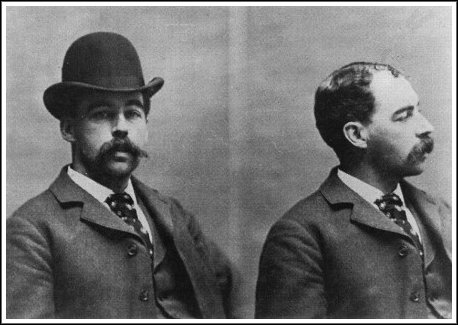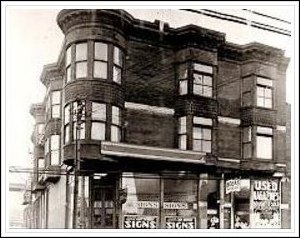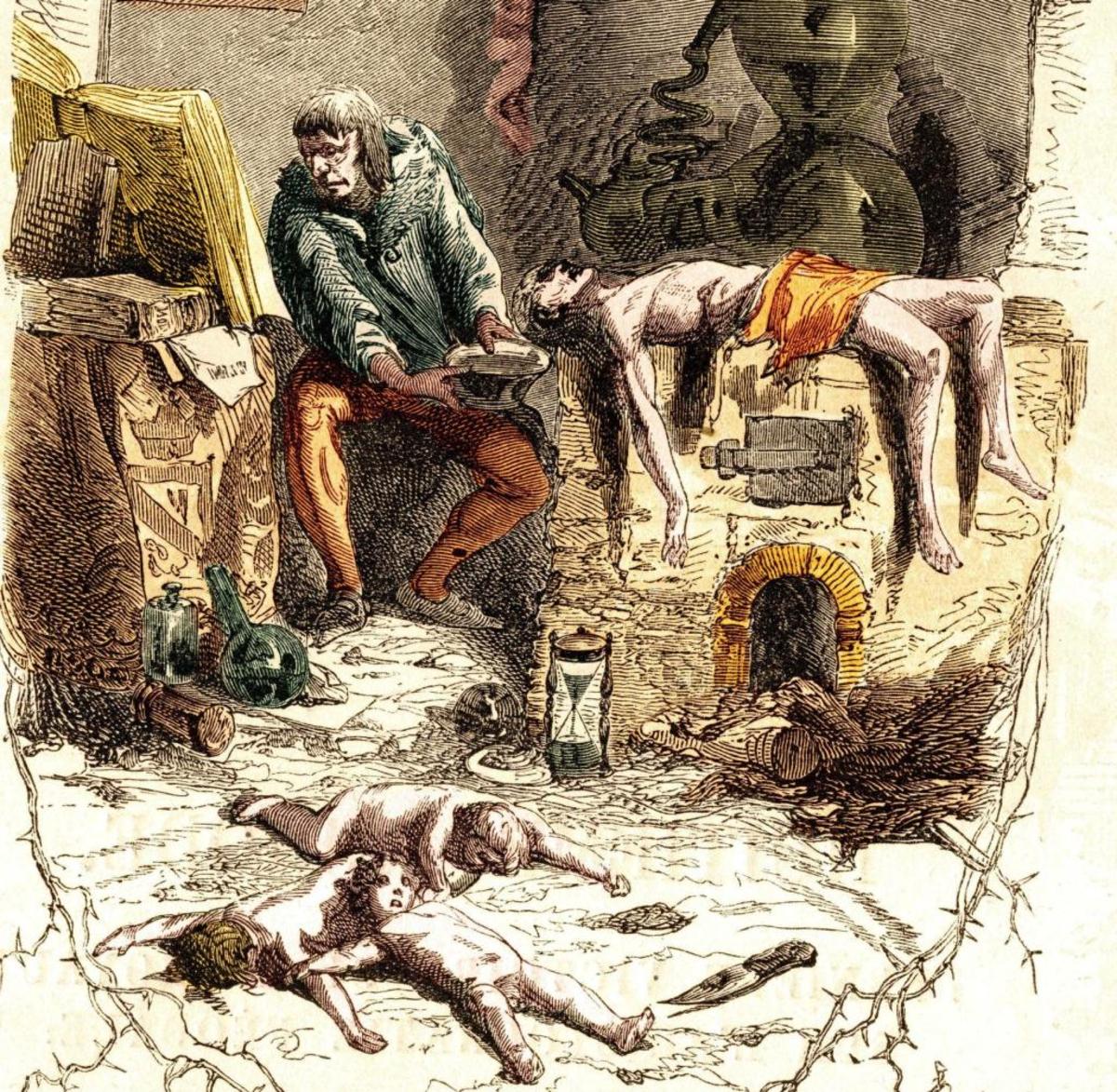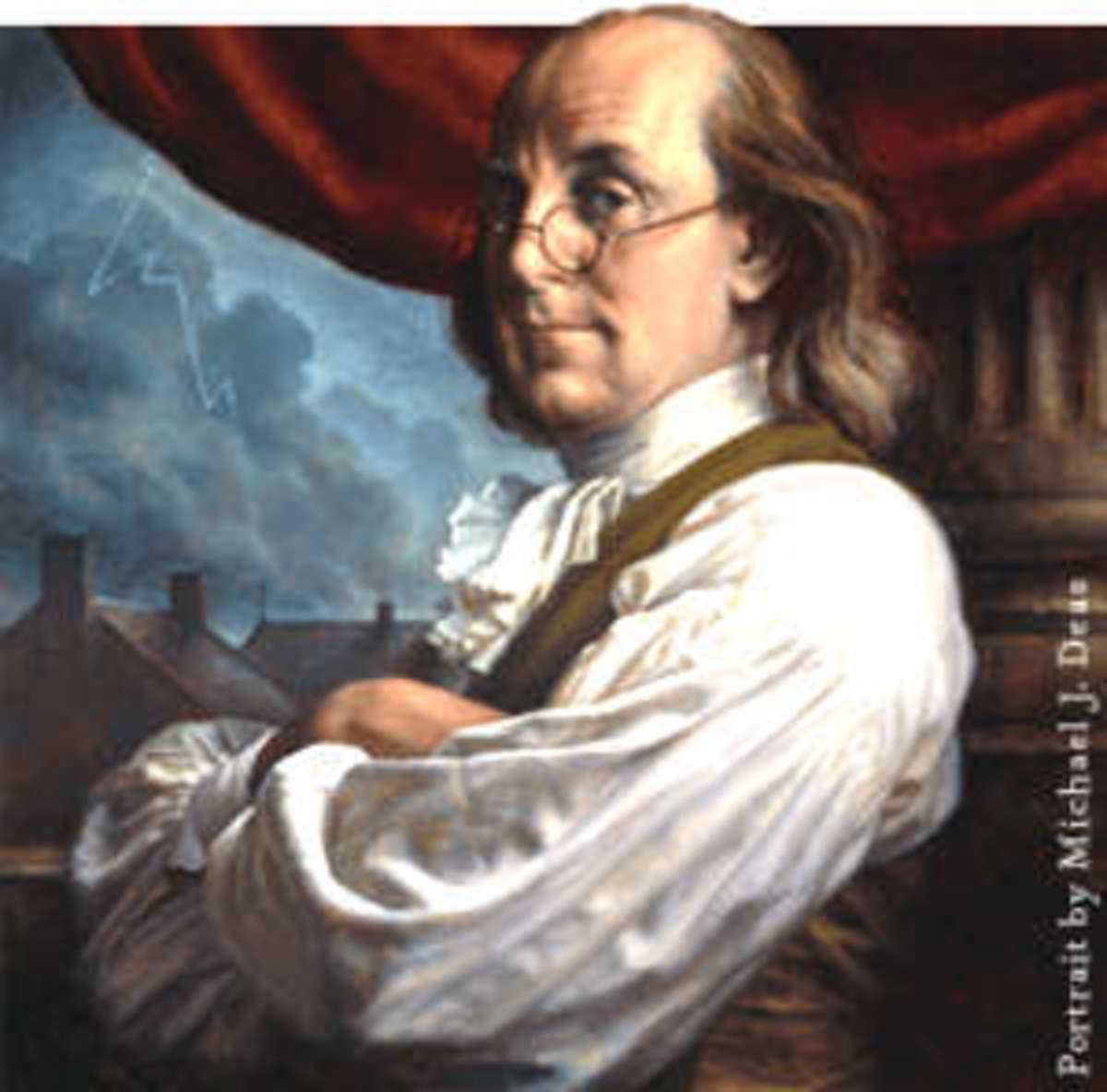- HubPages»
- Education and Science»
- History & Archaeology»
- History of the Americas
America's First Serial Killer



Herman Webster Mudgett, better known as Dr. Henry Howard Holmes, is said to have been America’s First Serial Killer. Although he claimed to have murdered at least 27 people, mostly women, authorities believed the tally was much higher. He was described as a real charmer and ladies’ man which probably accounts for his success in luring women to their demise.
Herman, born in May of 1860 at Gilmanton, New Hampshire, was the son of Levi Horton and Theodate Page Mudgett. As a child he was often the target of bullies. One story tells about his fear of a local doctor’s office and how some his class mates forcibly took him there and made him touch a human skeleton.
However, to their dismay, Mudgett was thoroughly captivated by the experience. In hind sight, it was a harbinger of what would later terrorize turn of the century Chicago. Not much else is known about his childhood other than his parents were strict disciplinarians.
Around 1880 Herman Mudgett enrolled in the University of Michigan Medical School. It was the beginning of a ghoulish career. He would steal corpses from the medical laboratory and mutilate them. Next, he bought insurance policies on them, making himself the beneficiary and claim they had been accident victims.

The "Castle"

After graduating, he moved to Chicago in hopes of finding employment in a pharmacy. It was about this time he assumed an alias as “H. H. Holmes” which he used to engage in crooked business deals.
Shortly after his arrival in the “Windy City,” Holmes met Dr. E.S. Holton and his wife who owned a drugstore at the corner of Wallace and 63rd Street in the Englewood neighborhood. Doctor Holton was dying from cancer and his wife was saddled with the burden of taking care of business. Seeing an opportunity, it was easy for Holmes to worm his way into a job. Once he had his foot in the door he convinced the kindly couple to sell him the business with the option they could still live in their upstairs apartment.
However, once Holton had died he murdered his wife. When customers questioned him about her Holmes said she had moved to California to be with relatives. He then bought a vacant block across the street, built a three story building and moved his business there. People began calling it the “Castle.” The ground floor of the Castle contained his drugstore and a few other businesses.
Holmes opened the rest of the building as a hotel for the World’s Columbian Exposition in 1893. What no one knew however was he had built the entire structure with the intent of murdering those entering his lair. The upper two floors contained over one hundred windowless rooms. There were doorways opening to brick walls or which could only be opened from the outside and stairways leading nowhere. While constructing his “house of horrors,” Holmes changed builders numerous times to keep anyone from catching on to what the building was to be used for.
For the next three years, Holmes continued to bilk insurance companies. He selected females in his employ, who as a condition of employment, had to take out life insurance policies, as victims. But, he also trapped many guests in his hotel where he would torture and kill them.
The building had also been designed with soundproof bedrooms and gas lines where hapless victims could be asphyxiated at will. There was a secret chute used to send bodies to the basement where other unspeakable atrocities were inflicted on them. Some were dissected, stripped of flesh and fashioned into skeleton models, which he subsequently sold to medical schools. Others he cremated in one of the buildings two giant furnaces or buried in lime pits.
Holmes also performed hundreds of illegal abortions in which some of his “patients” died. Their corpses were also processed and sold as skeletons.
Following the World’s Fair, suspicions began to arise as the number of missing people mounted. Holmes left Chicago and moved to Fort Worth, Texas, where he had inherited some railroad property from two sisters, both of whom he had murdered. His plans were to construct another castle similar to the one in Chicago. However, he soon found laws in Texas would make it difficult to continue his murder spree and he abandoned the idea.
Later, Holmes met and became business associates with Benjamin Pitezel. The pair conspired to commit another insurance fraud in Philadelphia. Pitezel was to set himself up as an inventor and then be “killed” in a lab explosion while Holmes located an appropriate cadaver to use as the corpse. However, it is thought Holmes murdered Pitezel, he did murder his children.
Authorities discovered the life insurance fraud scheme in 1894 and Holmes was arrested. Meanwhile, suspicious authorities in Chicago had uncovered the shocking truth about Holmes’ castle. The building mysteriously burned down on August 19, 1895. A U.S. Post Office now occupies the space.
Holmes was found guilty of murdering Pitezel, and confessed to 27 other murders in Chicago, Indianapolis and Toronto. It should be noted here, Holmes was paid $7,500 by the media in exchange for his confession which were full of contradictions. At one point he even claimed to be possessed by Satan.
On May 7, 1896, Holmes was hanged at the Philadelphia County Prison. Ironically, he requested his body be buried in cement so no one could dig his body up and dissect it, as he done so many others.
Following his death some began to believe he was possessed by the devil as he had previously claimed.
· A detective on his case took seriously ill.
· The warden of the prison committed suicide.
· The foreman of the jury was accidentally electrocuted.
· The father of one of Holmes’ victims was horribly disfigured in a boiler explosion.
· The priest who delivered Holmes’ last rites was mysteriously found dead.
· A fire completely destroyed the Chicago district attorney’s office, leaving only a photograph of Holmes untouched.








